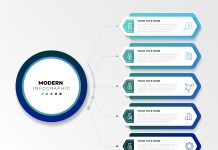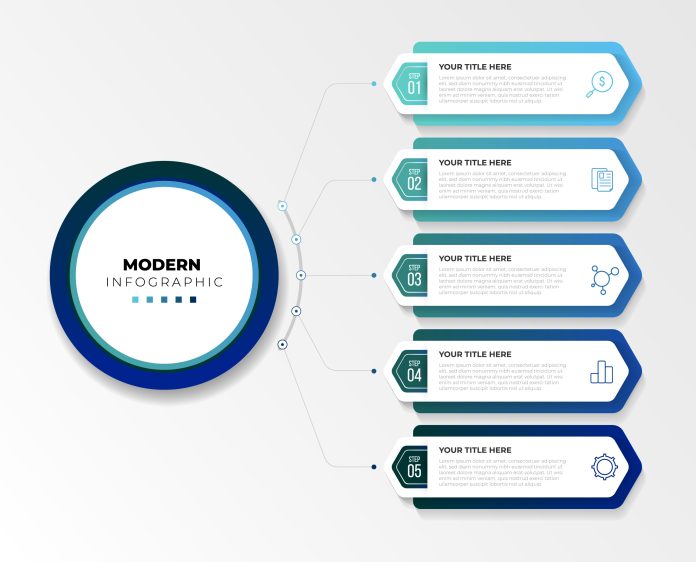Digital audiences today have shorter attention spans and higher expectations. Long blocks of text are often skipped, while visuals grab attention instantly. This is where infographics in content marketing make a real difference. They combine design and data to simplify complex information and keep readers engaged.
Infographics have become one of the most effective tools for marketers who want to communicate quickly and clearly. They add visual appeal to campaigns and help brands stand out in a crowded digital space.
Benefits of using infographics in content marketing
1. Simplify complex information
Infographics present data in a visual format that is easy to scan and understand. Whether it is survey findings, process steps, or market research, infographics break down the details into digestible visuals. This saves time for the reader and makes content more memorable.
2. Boost audience engagement
Visual content receives more shares and likes compared to plain text. A well-designed infographic can increase website traffic, social media engagement, and time spent on page. It encourages audiences to interact with the content rather than scrolling past it.
3. Strengthen brand recall
Infographics often include consistent colors, logos, and fonts that reinforce brand identity. When audiences repeatedly see your visual style, it builds familiarity and trust. Over time, this recognition can improve brand authority and recall.
4. Improve SEO performance
Infographics can drive backlinks when other websites use them as references. More backlinks improve domain authority and help content rank higher on Google. Adding keyword-rich descriptions and alt text also supports search visibility.
5. Support storytelling
Storytelling is at the heart of content marketing. Infographics give structure to a story by using icons, charts, and visuals to guide the reader through a journey. This makes your message persuasive and easier to retain.
How to use infographics in your marketing strategy
- Blog posts – Pair infographics with long-form content to explain processes or highlight key data points.
- Social media – Share bite-sized infographics for quick engagement on platforms like LinkedIn, Instagram, and X.
- Email marketing – Add simple infographics to newsletters to summarize reports or product updates.
- Sales and presentations – Use infographics to support pitches and communicate value to decision-makers.
- Lead generation – Offer downloadable infographics as gated content to attract new prospects.
Best practices for creating effective infographics
To maximize results, marketers should keep a few principles in mind:
- Keep the design clean and avoid clutter.
- Use consistent brand colors and fonts.
- Highlight only the most important data points.
- Include sources to maintain credibility.
- Optimize file size for fast loading.
- Add descriptive alt text for SEO.
The future of visual content
The rise of short-form video and interactive design shows that audiences want information delivered visually. Infographics will continue to be an important part of this shift. As AI tools make design easier, more businesses can create professional visuals without large budgets.
For marketers, investing in infographics is no longer optional. They improve communication, boost engagement, and support long-term SEO goals. In a digital world where attention is scarce, infographics in content marketing are one of the most effective ways to cut through noise and deliver value.









